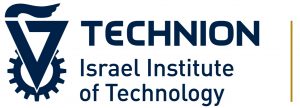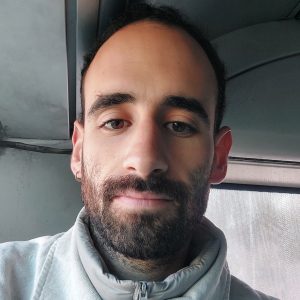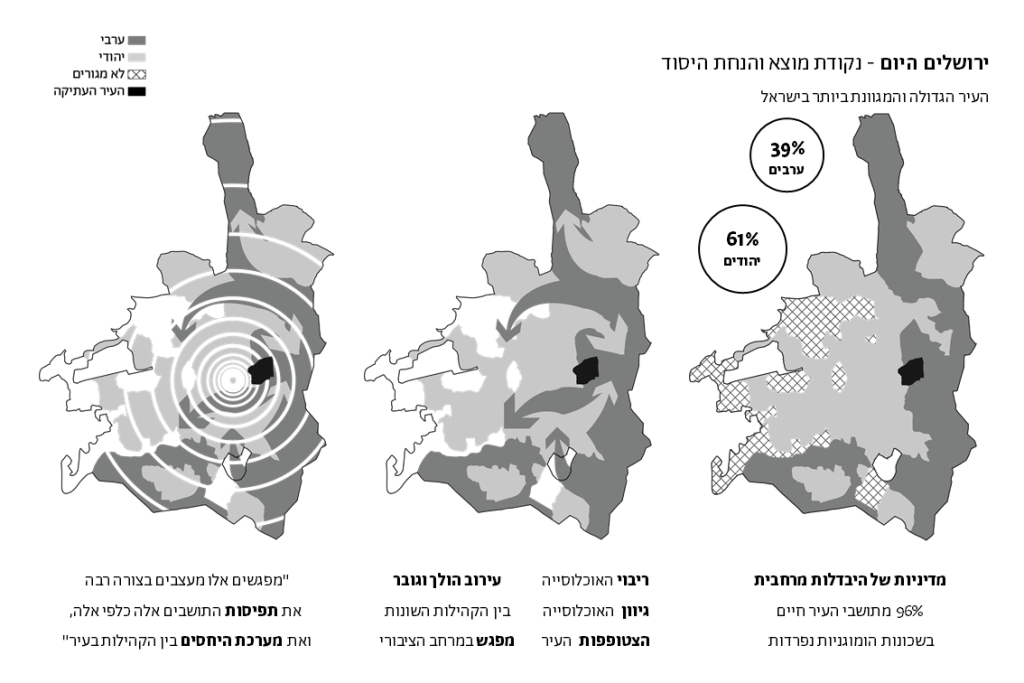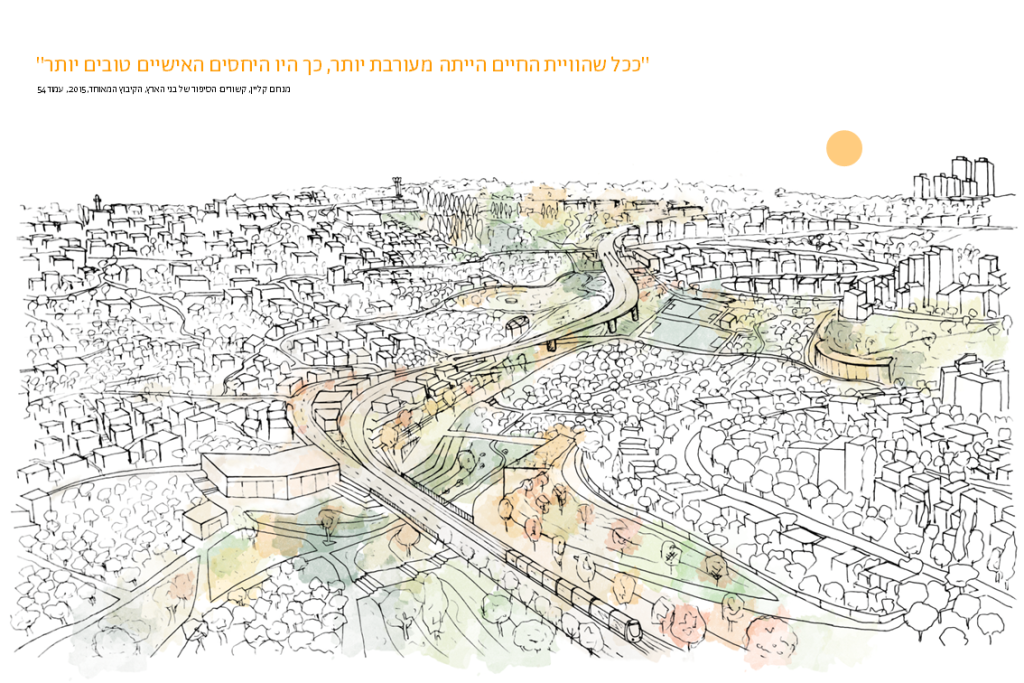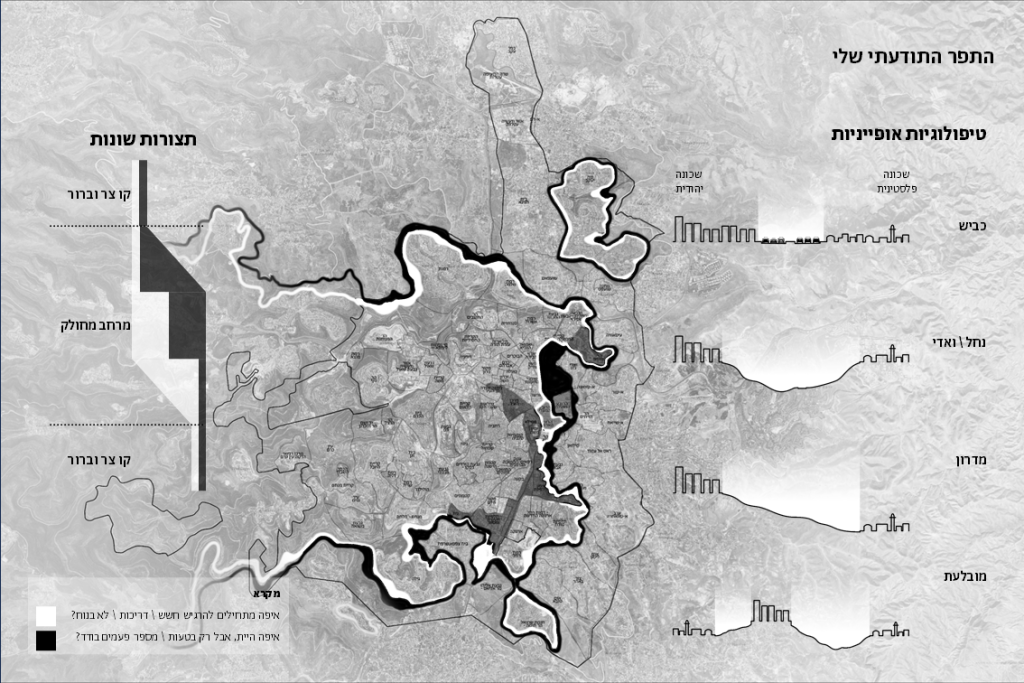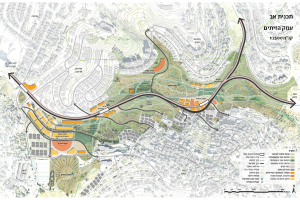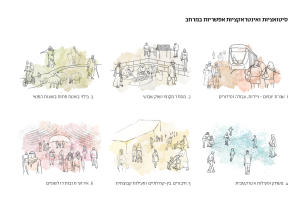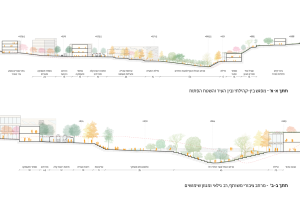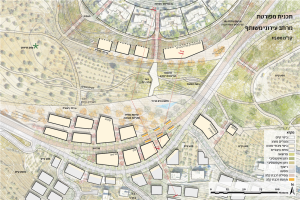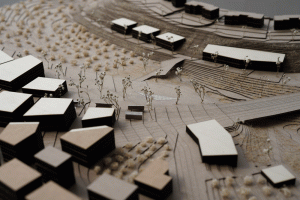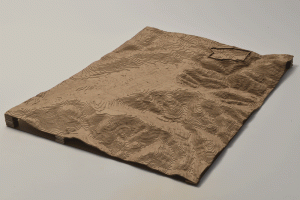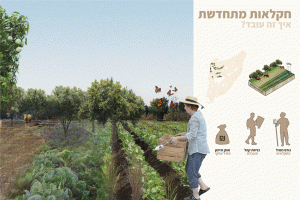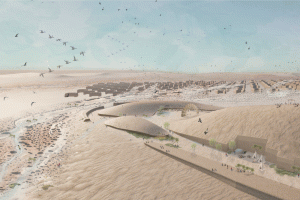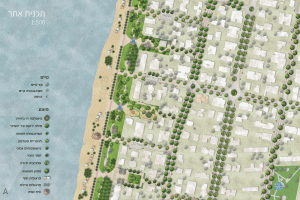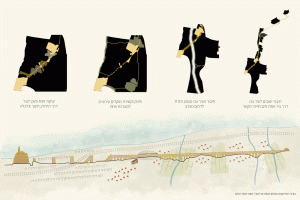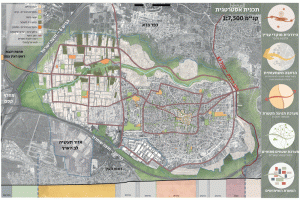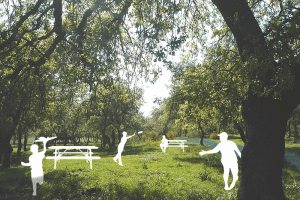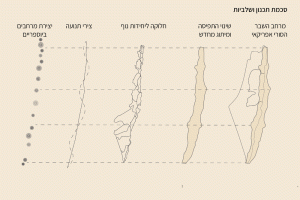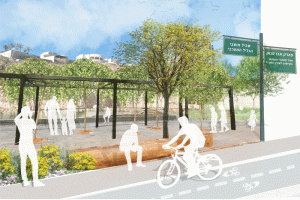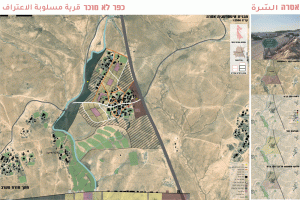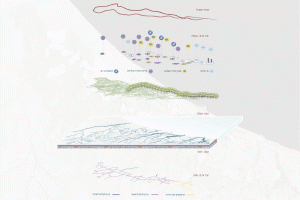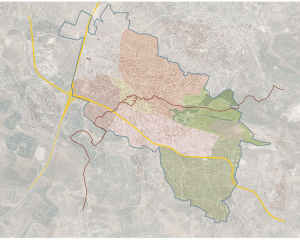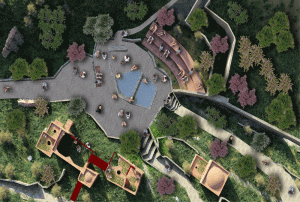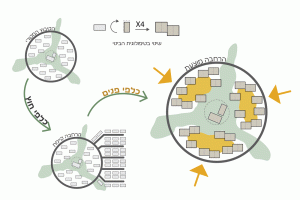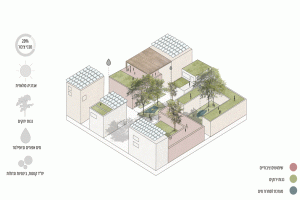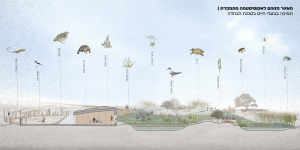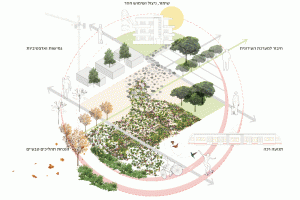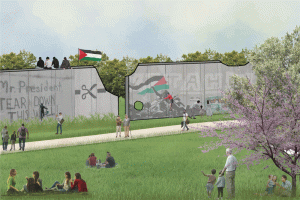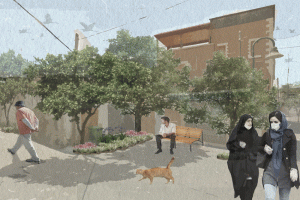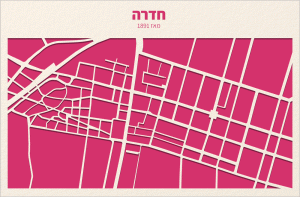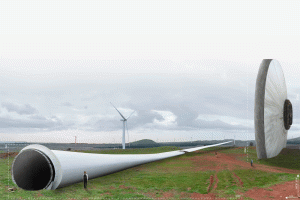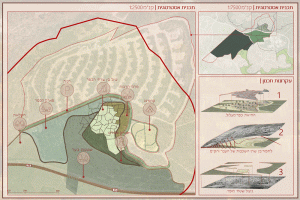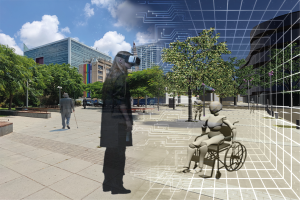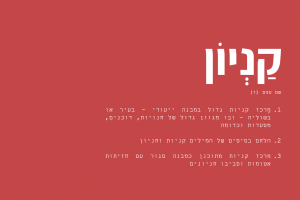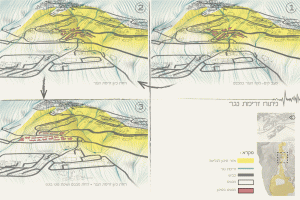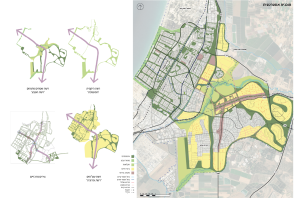The Seam: An Opportunity to Change Perceptions and Relationships in the Space between West and East Jerusalem
Relations between Jewish Israelis and Arab Palestinians in Jerusalem are characterized by pessimism and extremism, alongside daily life in spaces of contact used by both populations. Although the city advocates spatial differentiation, the multiplicity and diversity of the population, alongside urban densification, create increased friction between the different communities, which meet together in public urban spaces. On the one hand, such meetings may heighten conflict and be hostile and explosive in nature; on the other hand, it serves as an opportunity to see the other side and positively change the perceptions of residents and their attitudes toward each other. Since the occupation of the eastern part of Jerusalem in 1967, a physical and mental seam has formed between the Jewish and Palestinian neighborhoods. In addition to a huge functional and socio-economic gap, this legal–political seam is characterized by neglect and feelings of discomfort, fear, and foreignness. Thus, it represents a major obstacle to human and urban activity. However, as Jerusalem has high accessibility and a special identity in the eyes of the residents on both sides, it has great potential for the rectification and improvement of inter-community relations.
The project aims to create a common and active space along the seam: it seeks to expand and deepen connections between the eastern and western parts of the city; to increase the sense of security and inclusion; and to enhance the well-being of both sides through commerce, leisure, and traffic services near the home. To create relaxed and positive interactions, the intervention in the designated space aims to ensure a balance between the sense of place and the preservation of cultural assets by means of intensive development and the integration of elements that generate activity. The path to an existential alternative in Jerusalem involves the continuation of daily contact between all of its residents and requires spatial solutions that encourage coexistence and improve life under one urban roof. Due to its physical and mental location, the seam space presents an opportunity to create infrastructure for contact between the city’s populations and to shape their perceptions of each other.
